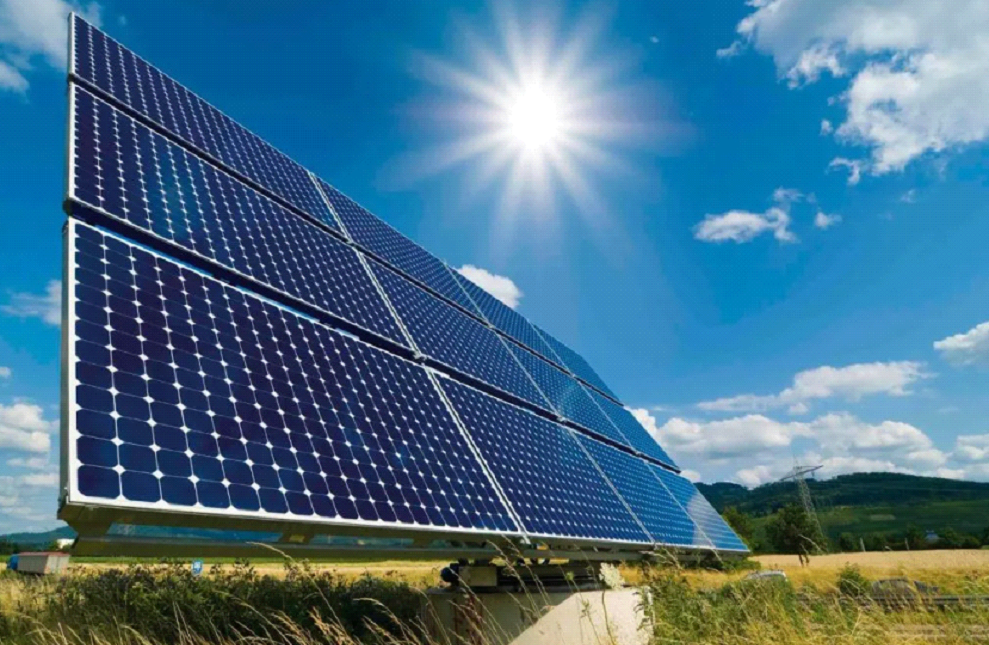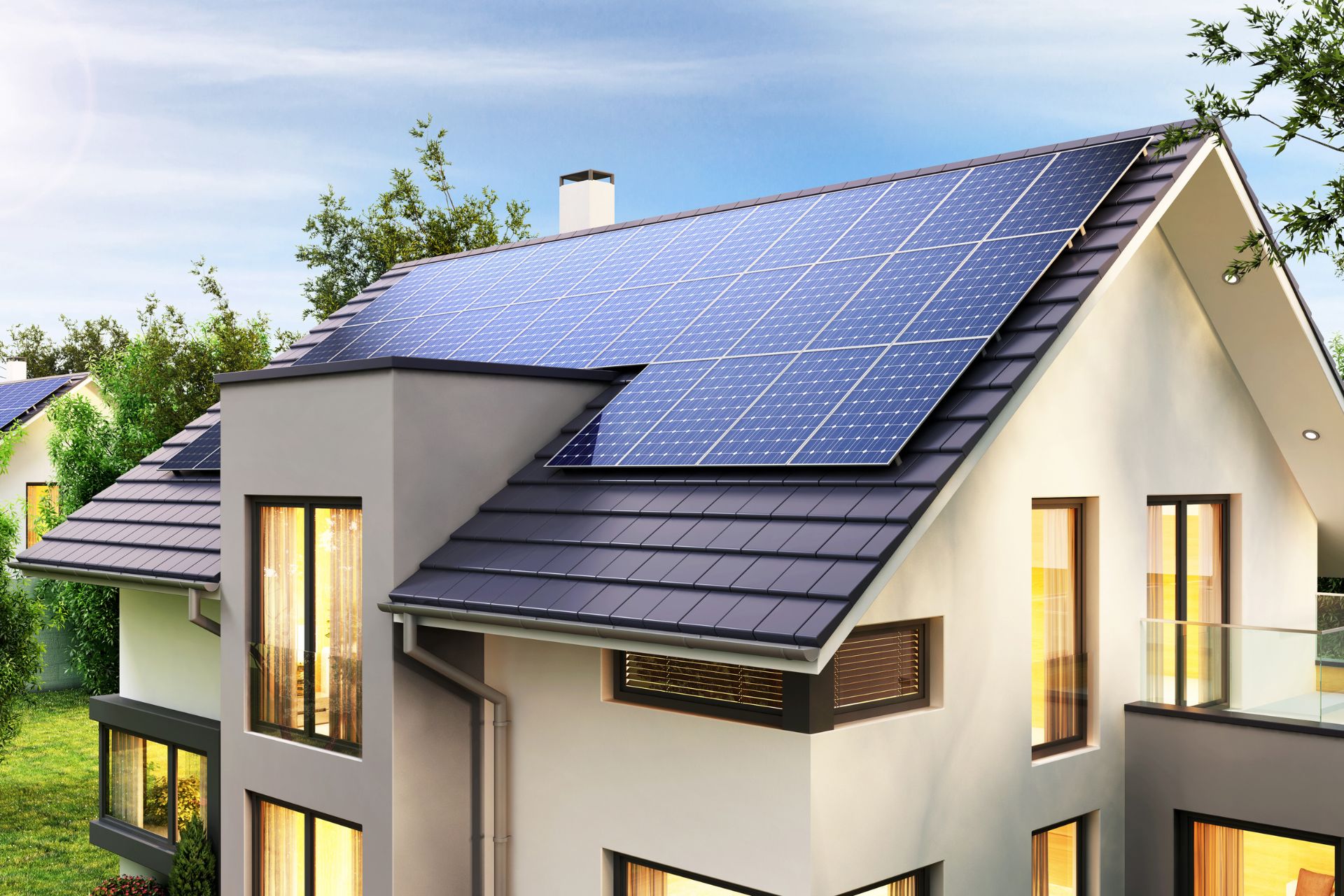Solar power is one of the most popular renewable energy sources in the world. Solar power systems in Toowoomba use photovoltaic cells to convert sunlight into electrical energy. This energy can then be used to power homes and businesses.
These systems are a reliable and sustainable source of energy. They are also relatively simple to install and maintain. In this article, we will take a look at how these systems work and their different types available.
How do solar power systems work?
These systems work by converting sunlight into electrical energy. The energy is then stored in batteries or used to power homes and businesses.
They use photovoltaic (PV) cells to convert sunlight into electrical energy. PV cells are made up of semiconductor materials, such as silicon. When sunlight hits the PV cell, it creates an electrical field across the layers of the cell. This process is known as the photovoltaic effect.
The electrical field creates an electric current that can be used to power homes and businesses. The current is stored in batteries or used to power appliances and lights. They can also be connected to the grid, so that excess electricity can be sold back to the utility company.
3 different types of solar power systems:
There are three main types of solar systems: off-grid, on-grid, and hybrid.
1) Off-Grid Solar Power Systems:
Off-grid solar systems are independent of the utility grid. They are typically used in rural or remote areas where utility service is unavailable or unreliable. This type of system must be designed to meet all of the user’s energy needs, as it is not connected to the grid and, therefore, cannot draw additional power from it.
These systems are usually more expensive than on-grid systems due to the need for batteries and other components that enable the system to operate independently.
2) On-Grid Solar Power Systems:
On-grid solar systems are connected to the utility grid. They allow users to offset their energy usage by sending excess electricity generated by the system back to the grid.
They are less expensive than off-grid systems because they do not require batteries or other components needed for an independent system. However, on-grid systems rely on the utility grid, so if it goes down, so does the solar power system.
3) Hybrid Solar Power Systems:
Hybrid solar systems are a combination of on-grid and off-grid systems. They are connected to the utility grid but also have batteries that store energy for use when the grid is down. This type of system is more expensive than both on-grid and off-grid systems but provides the benefit of backup power in case of a grid outage.
How To Choose A Solar Power Unit?
Solar power is a great way to reduce your carbon footprint and save money on your energy bill. But with so many solar power units on the market, it can be hard to know which one is right for you. Here are a few things to consider when choosing a solar power unit for your home or business:
1) The size of the unit:
The size of the solar power unit you need will depend on the size of your home or business. A larger unit will obviously produce more power, but it will also cost more.
2) The angle of the unit:
The angle of the solar power unit will affect how much power it produces. A unit that is placed closer to the sun will produce more power than one that is further away.
3) The type of unit:
There are two main types of solar power units: photovoltaic (PV) cells and solar thermal units. PV cells convert sunlight into electricity, while solar thermal units use the sun’s heat to produce hot water or steam.
4) The price:
Solar power units range in price from a few hundred dollars to several thousand dollars. The cost of the unit will be one of the biggest factors in your decision.
5) The warranty.
Most solar power systems in Toowoomba come with a warranty, so be sure to read the fine print before you buy.




